For negative feedback you look at the number of encirclements of \$\{-1,0\}\$.
For positive feedback you look at the number of encirclements of \$\{1,0\}\$.
This is the only modification that needs to be made. This is because for negative feedback the equation is \$1+G(s)=0\$, while for positive feedback the equation is \$1-G(s)=0\$.
Here is an example.
$$G(s)=\frac{2 \left(s^2-s+2.5\right)}{(s+1.5)^2+1}$$
There are no unstable open-loop poles. The solution of \$(s+1.5)^2+1=0\$ is \$\{-1.5-1. i,-1.5+1. i\}\$.
The closed-loop system with positive feedback is
$$\frac{1}{1-G(s)}=\frac{2 \left(s^2-s+2.5\right)}{(s+1.5)^2+1 -2. \left(s^2-s+2.5\right)}$$
The roots of \$(s+1.5)^2+1 -2. \left(s^2-s+2.5\right)=0\$ are \$\{0.37868, 4.62132\}\$.
The Nyquist plot confirms that with positive feedback there will be two unstable closed-loop poles because of the two encirclements of \$\{1, 0\}\$.

Alternatively, as is LvW's answer you can consider \$1-G(s)=0\$ as \$1+(-G(s))=0\$.
Now you are back to a standard negative feedback configuration and will look at encirclements of \$\{-1,0\}\$, but you have to consider the loop transfer function \$-G(s)\$.
For the example above you get two encirclements of \$\{-1,0\}\$ and the same conclusion as before.


